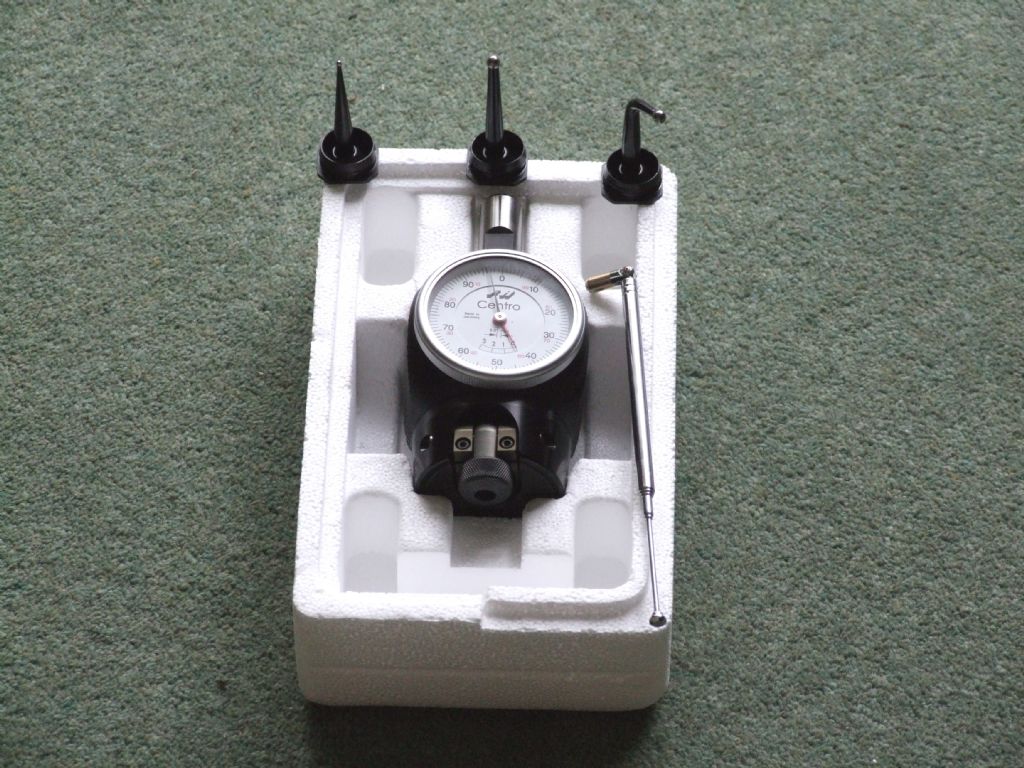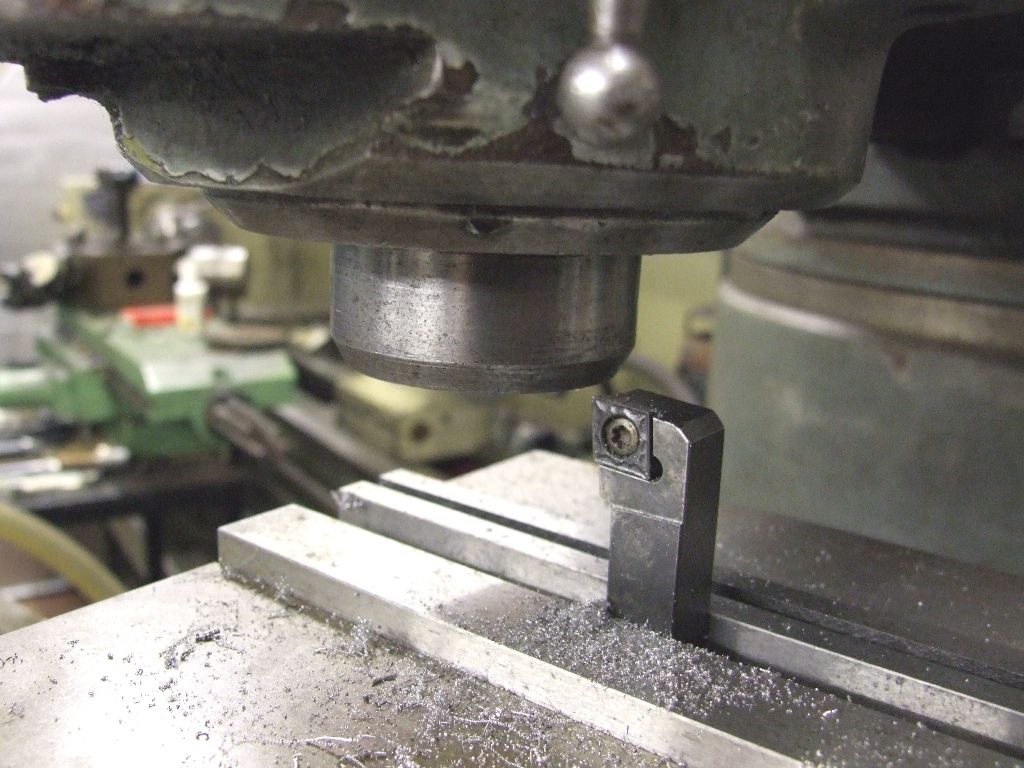Hi Andrew,
A few thoughts that may be worth far less than you paid.
I bought mine a couple of years ago from a U.S. dealer where imperial measurements, tooling, and what I'm most comfortable working with are much more comman than most other areas of the world. The shank on mine is a true 3/4" and I'm using a Bison built end mill holder for mine.
After going back thru my Haimer manual and with a bit of thinking. Even though Haimer say's they should only be used with the same spindle you zeroed it to, just maybe zeroing your unit to the machine you use the most would be the best. Then with that preset zero, you could retest it in the second mill and record your deviation from a true zero in both X and Y? No it wouldn't be ideal since you'd have to always remember to compensate for that deviation on that machine. But these units are accurate enough that I think you could still depend on very good and accurate readings. Since I haven't yet used or tested mine on a second machine, I could easily have missed something with my logic.
Due to the way their designed, a dead true tram on both your milling heads probably isn't required. But I did do that while adjusting mine just as a precaution. I'll also 100% agree about the manual and Haimers description for zeroing with the built in adjustments. Frankly they could have done better. My manual shows the use of a standard dial indicator for setting that zero, since my .0001 reading indicators are the D.T.I. type, that's what I used. And I hope you've got a real good .0001 reading, or it's metric equivellent DI or DTI that your positive will give 100% accurate and repeatable results.
Your unit is newer and non digital, so the following may not match up exactly with what you have. The zeroing procedure in my manual do look to be the same for each type though. Setting for zero on these isn't something you want to rush. Maybe this will help you understand it a bit better? Think of the procedure as the same as what you'd do while setting an ultra precision ground rod in a lathes 4 jaw chuck for .0000 runout. It's basicly the same idea, except your now working vertical instead of horizontal, and with a lot finer thread pitch for those adjustments. From what I can tell, Haimer use an internal and fairly heavy spring loaded gimbal that the system uses to measure the probe movement. So, set up your DI or DTI with it's ball end centered as close as possible by eye to the center of the Haimers ball on the probe. Loosen all 4 of the Haimer adjustment screws, their located in the 4 holes just above the shank on your unit. (mine were pretty tight from the factory) Zero the dial on your DI or DTI. Ok, what you want to do is zero one axis at a time for either X or Y. We'll use X as an example. rotate your spindle by hand 180 degrees and check your DI or DTI indicator readings. Adjust those two Haimer adjustment screws till your indicator readings are the same each time you rotate the milling heads spindle by hand 180 degrees. Lock those screws down. Now do exactly the same for the Y axis screws. Your final check along with probably some very minor corrections on each of the adjustment screws is to rotate your spindle 360 degrees without getting ANY deflection on the DI or DTI indicators needle. It will take a bit of time to get this done. Good enough ISN'T for this job. You really do want .0000 if your patient enough. The really nice thing about this tool is that it doesn't depend on any real imperial or metric measurement system. Once the unit is properly adjusted for zero to your spindle centerline, then all your needing is to move your part edge for either axis till the needle or display reads zero. There's nothing to remember to do or compensate for like the standard offsets on the wobble type edge finders. Once your unit is properly adjusted for a dead on zero, then when the needle or display reads zero, that's exactly where you are. Your also not depending on these to "visually kick off" like the standard types do. Leaving aside a normal mills table flatness and overall machine rigidity. With one of these and a very good DRO, you can in a home shop replicate locational accuracys quite compareable to what some of the very accurate and more than very expensive jig borers like Moore Tools built could do.
Given that your also using CNC, overtravel well beyond the units safety limits could I guess easily happen. I hope you ordered or will now order a spare probe. You can't damage the measurement unit itself unless you had a sudden and unexpected Z axis crash, but you could break the probe due to that overtravel on either X or Y.
I really know less than nothing about CNC. But it's my understanding these can be used as a 3 axis probe system to manualy reverse engineer almost anything with a few different computer programs that are avalible. Yes it's much, much slower than something like a proper setup such as the Renshaw probe system uses. But it can be done with a lot more time involved.
You have my apologys for how long this turned out to be. But I hope this helps a bit.
Pete
Anonymous.






